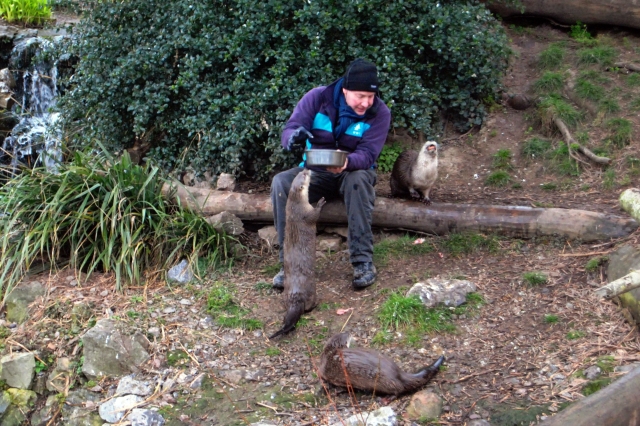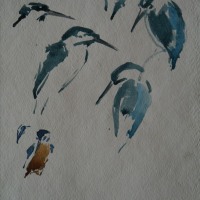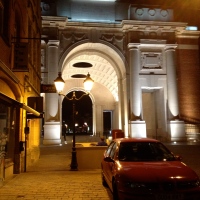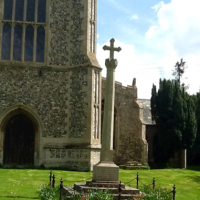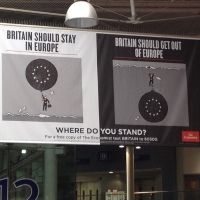We’ve been spending a lot of time recently looking closely at face to face interpretation and how it works for visitors and conservation organisations (particularly the Wildfowl and Wetlands Trust). Our intern and blogger, Slovenian interpreter, Janja Sivec writes:
We use face to face interpretation as a basic tool of at many heritage sites that we want to interpret to our visitors.
Face to face interpretation offers us the possibility to incorporate many different topics into a general theme. It is very flexible and adaptable to natural conditions, the wishes of the group and the needs of individual visitors.
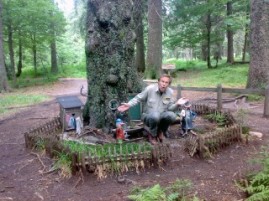
Forest ranger in the Schwarzwald forest (Black Forest, Germany) explaining about the world of elves.
On the other hand it needs big resources, cannot be constantly available and different individuals may deliver a different quality of interpretation.
Most importantly, not everyone can do it.
John can.
So who is John and why does everybody like him?
John is an interpreter at WWT Slimbridge who works with otters and gives two talks per day about them.
John is great! His audience loves listening to him.
I asked myself why, what is so special about his interpretation?
He is funny and he really likes otters. They are his friends and by the end of the 15 minutes talk, they are also the visitor’s friends.
By analysing his talk I have realised, that I do not know many more facts, than I knew before. But I have the feeling that I know the Slimbridge otters personally, mother and her two offspring. Mother had a bad tooth last year, Mini is actually maxi because she is the fattest, the other one bites and they are all a bit goofy.
I like the otters, even more than before. They have personalities, just like me and John is the one that connected them with me.
What makes face to face interpretation good?
It is not easy to answer that question. We all have different approaches as we do audiences. But generally visitors appreciate:
- Interpreters who feel passionate about the topic; they pass their enthusiasm on to the visitors.
- Somebody who is comfortable working with people. People who like to work with people are relaxed and happy with their communication. That skill is not easily taught – it may be a natural gift.
- Using simple language and general facts make it easier to follow the story. Lots of visitors do not have great prior knowledge of the topic.
- Including people and stories in the interpretation. We can easily connect to the facts that are relevant to us and stories we can relate to.
- Humour: the trickiest bit of communication especially within big groups. It can help with interpretation, but if you get it wrong you can come across as unprofessional – and sometimes offensive.
Probably, the most important thing for interpreters is to find their own unique style. To be confident in what they are saying, how they are saying it and how they communicate with visitors.

